Top 4 Deal Criteria for 1031 Retail Buyers
William Wamble of SRS Real Estate Partners on what macroeconomic trends and CRE buyer behavior mean for investment.

As we move through 2025, the retail property market continues to navigate a complex economic landscape shaped by elevated interest rates, policy uncertainty and shifting buyer behavior. While retail assets have shown more resilience than other CRE sectors like office and multifamily, investors have become more selective and strategic.
On the macroeconomic front, the 10-year Treasury hovered in the 4.40 percent to 4.50 percent range throughout the month of May. Mid-month, it briefly eclipsed the 4.60 percent mark following a U.S. bond auction that revealed weak demand, which highlighted investor concerns around tariffs, tax policy and the nation’s growing debt burden.
Owners of multifamily, office and industrial property are still adjusting to the new norm of elevated interest rates, which continue to stifle transaction velocity. This slowdown impacts potential 1031 exchanges and reflects a broader market hesitation.
LIKE THIS CONTENT? Subscribe to CPE’s Capital Markets Newsletter
An indirect gauge of CRE health can be found in the residential housing market. In March (the most recent data available), existing home sales dropped nearly 6 percent from the prior month—the steepest decline since late 2022—while inventory rose by 8.1 percent. Additionally, one in five residential transactions in Q1 2025 were investor purchases—not end-user occupiers.
Unfortunately, we don’t anticipate any near-term interest rate relief. Most futures traders are now only pricing in a single 25-basis point cut in 2025, likely in September. The challenging capital markets environment isn’t limited to CRE. Private equity firms, for example, saw a 35 percent year-over-year decline in fundraising in Q1 2025. A lower interest rate environment would not only support more CRE transactions, but also lead to liquidity events for individuals in other industries—many of whom invest those proceeds into net leased real estate.
We continue to remain in a state of limbo regarding clarity on tariffs, and attention has now shifted toward assessing the potential impacts of Trump’s proposed tax bill. Many “non-1031” buyers are taking a wait-and-see approach, postponing major investment decisions, especially those involving CRE.
The current retail investment market is still largely supported by 1031 exchange buyers whose main motivation is to defer capital gains taxes. Due to a sluggish market over the past three years, we still have the challenge of an oversupply of net leased properties currently for sale. The supply of new listings has outpaced buyer demand, which has put upward pressure on cap rates. Since buyers still have a lot of options when searching for properties, we don’t expect any cap rate compression until we are able to sell through this backlog of inventory (which could be well into 2026).
The good news is that aggressive cap rates are still achievable for top-tier product. However, we’re seeing an increasing bifurcation between “the good and the bad.”
From our ongoing conversations with 1031 retail property buyers, the most requested deal criteria (beyond yield) include:
1. Passivity
Even if the property is new construction with minimal expense exposure, most buyers don’t want to deal with coordinating repairs, reconciling CAM charges or managing vendors. If you have negotiating leverage, the most effective way to boost value and marketability is to convert leases to absolute NNN rather than relying on factors like additional lease term, rent increases or slight upgrades in tenant credit.
2. Location
As expected, this remains a top priority. In a market saturated with options, retail buyers naturally gravitate toward the best-located assets. Even with identical lease terms, tenants and states, we’re seeing cap rate spreads of 25 to 50 bps between prime and sub-prime locations—often reflected in significantly different marketing timelines.
3. Credit
Credit continues to be critical, but it’s no longer sufficient on its own to secure a top-tier cap rate. Retail assets need to meet multiple criteria to stand out.
4. Rents below or in line with market
Buyers are increasingly asking: “How do I backfill this rent if the tenant leaves?” High-rent properties shrink the pool of replacement tenants, and investors are looking more closely at replacement costs and residual values. For example, all else being equal, a QSR tenant paying $200,000 in rent won’t trade at the same cap rate as one paying $150,000.
As capital remains selective, investors looking to stay ahead require granular market knowledge and the ability to see long-term value. Those will be the keys to success in the months ahead.
William Wamble is executive vice president, capital markets, SRS Real Estate Partners.


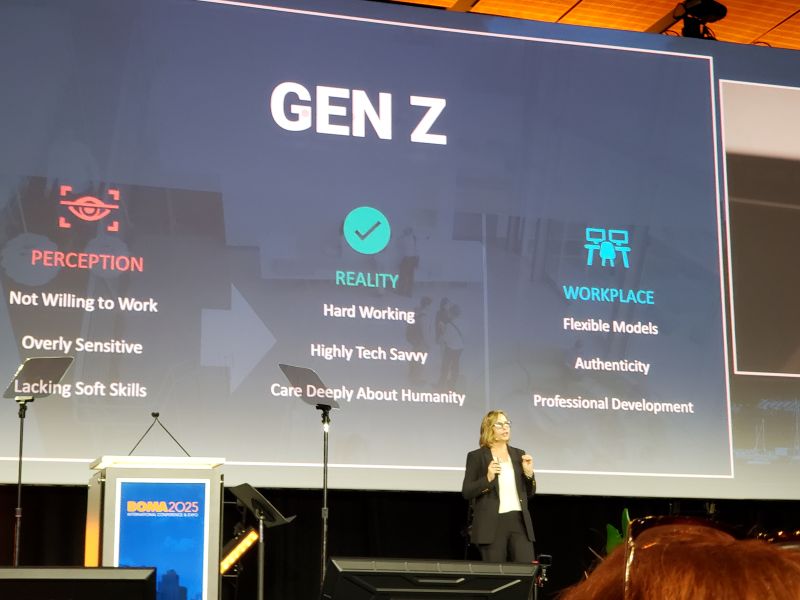
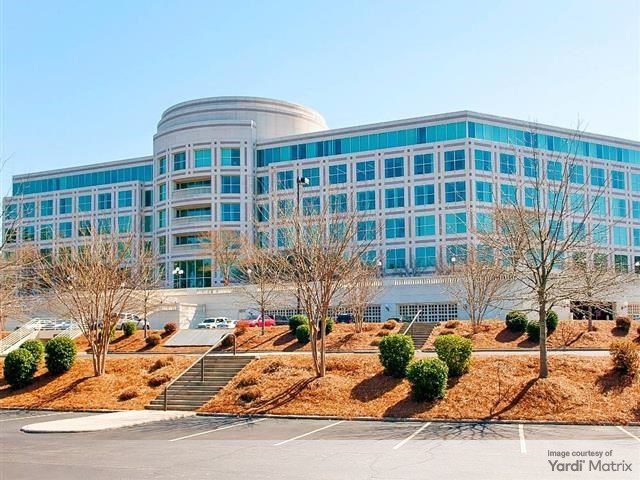
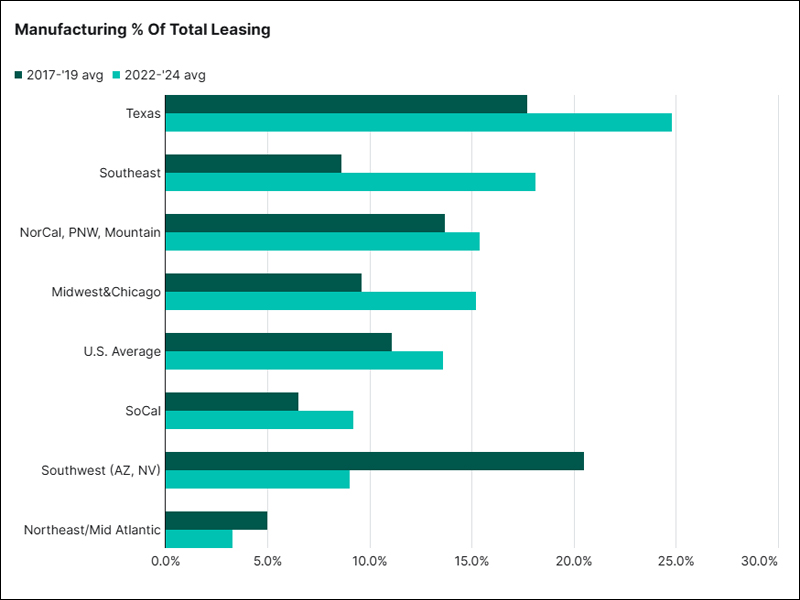
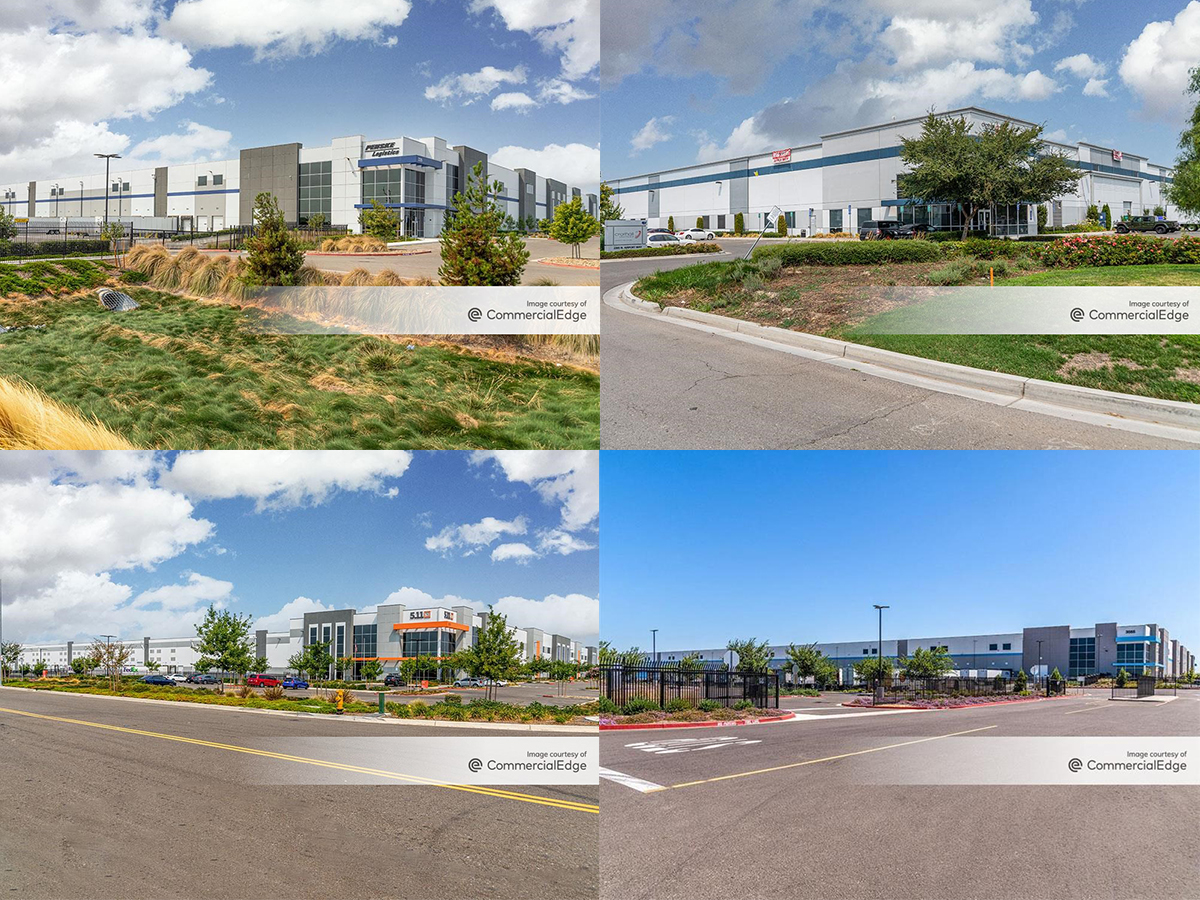
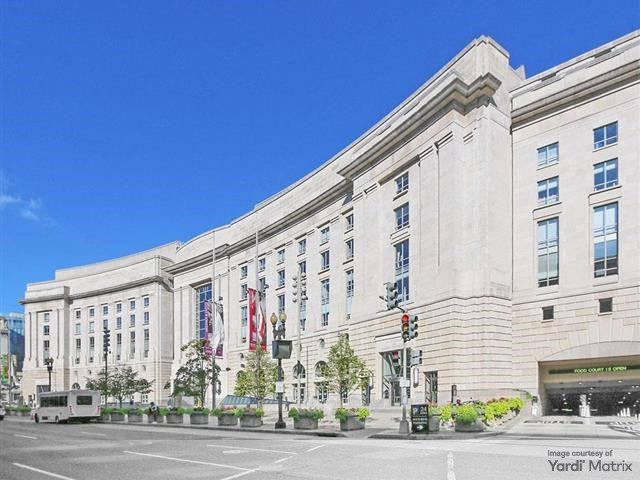
You must be logged in to post a comment.